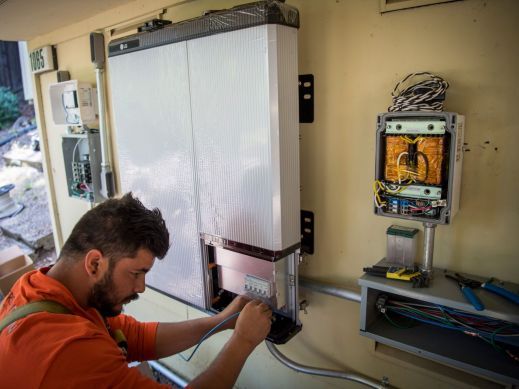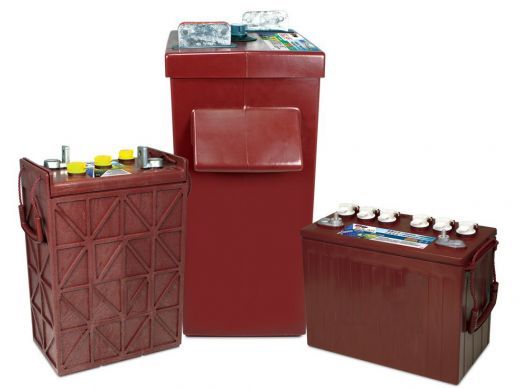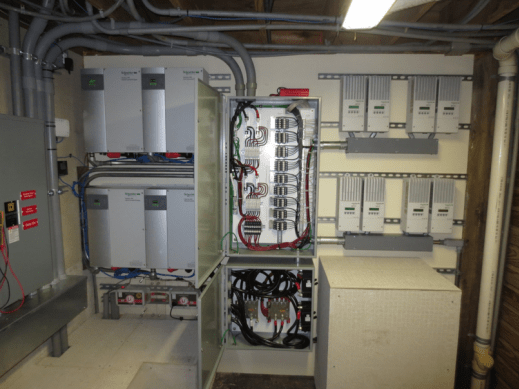
As we wrap up our Storage Sizing series, part one can be found here. This second article will go over how to size an entire battery bank system, how to size a solar array that will meet the needs of your battery bank, and some tools that can be used to help size battery systems.
How do you size the entire system?
Once you have the Depth of Discharge (DoD), total number of cycles, maximum charge and discharge rates, and extreme temperatures the battery will be subjected to it is time to size the entire system based on your needs. Battery based systems should be designed from the load and work backward through the system. Once all of the loads have been determined and the time the loads will run each day, you can total these and get your total Watt Hours or your daily load.
If you take your total WHRS and divide this number by the depth of discharge (DoD) rate you wish to run your battery bank at, you will get your Battery Bank Watt Hours. So, if you intend to run at a 50% DoD and you have a 1,000 WHR load: 1,000 WHR / .5 (50%DoD) = 2,000 WHRs.
Next multiply your 2000 WHRs by the number of days of autonomy desired. If you want your battery bank to support the load for 3 days without any solar gain, then take 2,000 WHRs x 3 (days) = 6,000WHRs.
If your batteries are in an outdoor shed or container, you need to divide your Watt Hours by the temperature correction factor for the record coldest temperature at your location. Your battery datasheet will provide the percentage at any given ambient temperature. For example, if your battery provides 60% capacity at -22 degrees F and this is the record cold temperature at your location: 6,000 WHRs / .60 =10,000 WHRs. This is the capacity of the battery bank. If your battery bank is 48vdc, then 10,000 WHRS / 48vdc = 208.3 AH @ 48 vdc.
To size the array
Take the load and divide by .7. This number is providing a 30% oversizing of the array to overcome system losses and provide make-up generating capacity for recharging the batteries after a low production period. So 1,000 WHRS / .7 = 1,429 WHRS.
Now take the Watt Hours and divide them by the minimum sun hours available on Dec 21st (in the Northern Hemisphere). You must determine your tilt angle first to determine the sun hours. Example: If you are in Indianapolis, Indiana and you have a tilt angle of 40 degrees (approximately N Lat) you would have 1.7 Sun hours available on Dec 21st. So 1,429 Watt Hours / 1.7 Sun hours = 841 Watts. This is your minimum array size.
Tools available to help size systems
Multiple manufacturers have support tools available to size systems. These tools are very good for adding and subtracting loads quickly and seeing the effects of additions and subtractions. They will also help you calculate the gross Watt Hours you require. Three example tools can be found below.
https://www.outbackpower.com/resources/technical-support/systemedge-sizing-tool
https://www.outbackpower.com/resources/technical-support/string-sizing-tool
https://enlighten.enphaseenergy.com/estimator/v2
However, these tools do have some limitations. Some examples below:
- The tools do not calculate in-rush current demands.
- The tools may not factor temperature in battery capacity well.
- The tools have a limited number of loads identified.
- The tools do not remind you to factor in smaller loads and “Phantom” loads.
These two articles should give you a basic understanding of how to size a battery-based solar system. While many factors will affect your system performance, following these basic guidelines should help you design a system that will meet your needs both from a performance standpoint and from an economic standpoint.



